7 Minutes
New evidence pins a bacterium to the global sea star die-off
Billions of sea stars have perished in a modern marine epidemic known as sea star wasting disease, a condition that causes lesions, arm twisting and disintegration, and rapid death. After four years of gene sequencing, laboratory infection trials and careful field sampling, researchers have identified a bacterial pathogen responsible for widespread wasting: Vibrio pectenicida. The discovery resolves a long-standing mystery about one of the most destructive marine disease events in recent history and clarifies an urgent conservation threat to coastal ecosystems.
The outbreak first gained attention in November 2013 along the west coast of North America and similar wasting events later emerged worldwide, affecting more than 40 sea star species. Among the hardest hit were sunflower sea stars (Pycnopodia helianthoides), which declined by more than 90 percent in many regions. These large, multirayed predators — often displaying vivid orange and purple hues and sporting up to 24 arms — largely disappeared from shores stretching from Alaska to Mexico. In 2020 the International Union for Conservation of Nature (IUCN) listed the species as critically endangered.
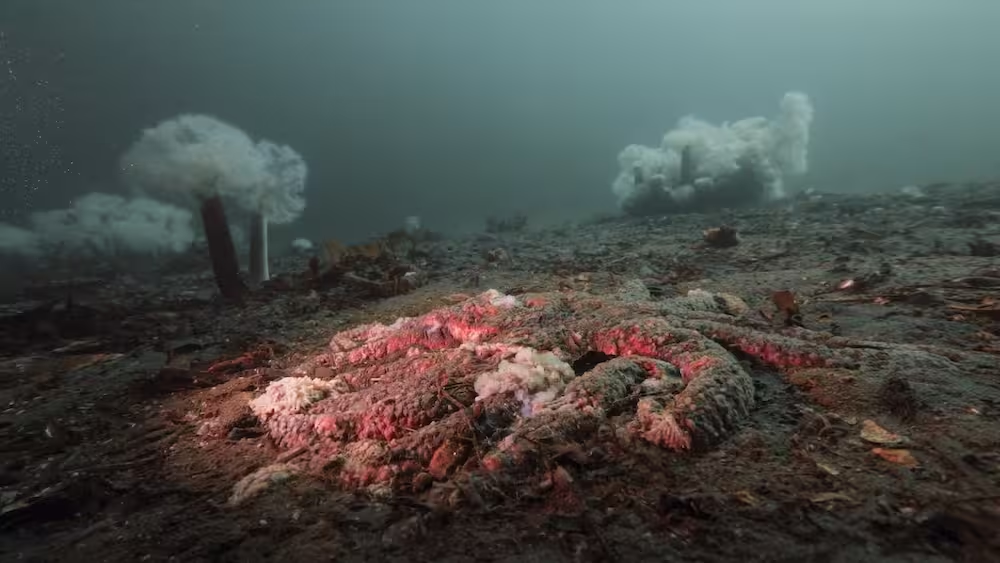
Symptoms, progression and ecosystem consequences
Sea star wasting disease typically starts as small lesions on the animal's rough exterior. Over hours to days, muscular tissue disintegrates, arms contort and may detach, and the animal degrades into a gelatinous mass. Mortality rates are high and local extirpations can occur quickly. The loss of predatory sea stars has produced cascading ecological effects: without these predators to control sea urchin populations, urchins have overgrazed kelp forests, converting once-structured, multi-layered habitats into barren seascapes often called urchin barrens.
Kelp forests provide critical habitat and support species with ecological, cultural and commercial value — sea otters, seals, porpoises, numerous fish, shellfish and invertebrates — and they play an important role in coastal carbon sequestration and shoreline protection. The collapse of sea star populations therefore amplifies climate and biodiversity risks across temperate coastal ecosystems.
How scientists traced the pathogen
The identification of Vibrio pectenicida followed a stepwise experimental strategy designed to overcome several challenges: diseased tissue often shows no obvious pathogens under routine histological examination, disease-free control animals are scarce in the wild, and marine infectious disease ecology remains understudied relative to terrestrial systems.
Evolutionary ecologist Melanie Prentice and colleagues led seven controlled exposure experiments using sunflower sea stars bred in captive quarantine. Healthy captive-bred individuals exposed to tissue or fluids from diseased specimens reproduced the characteristic wasting sequence and died, reproducing disease signs under laboratory conditions. To test whether the agent was viral or bacterial, researchers used a standard 0.22 micrometer filter and heat treatment: viral agents can pass through such filters and often withstand moderate heat treatments, whereas many bacteria are retained or inactivated. Sea stars exposed to material that had been filtered or heat-treated did not develop wasting, pointing to a bacterial cause.
RNA sequencing from infected individuals collected both in the laboratory and from the field consistently revealed genetic signatures of Vibrio pectenicida, a species already known to infect scallop larvae and oysters. The team isolated a specific strain, FHCF-3, and used it to challenge healthy sea stars. The infected animals rapidly developed the same twisting, softening and arm loss observed in the wild, satisfying experimental infection criteria and confirming the bacterium as the causative agent.
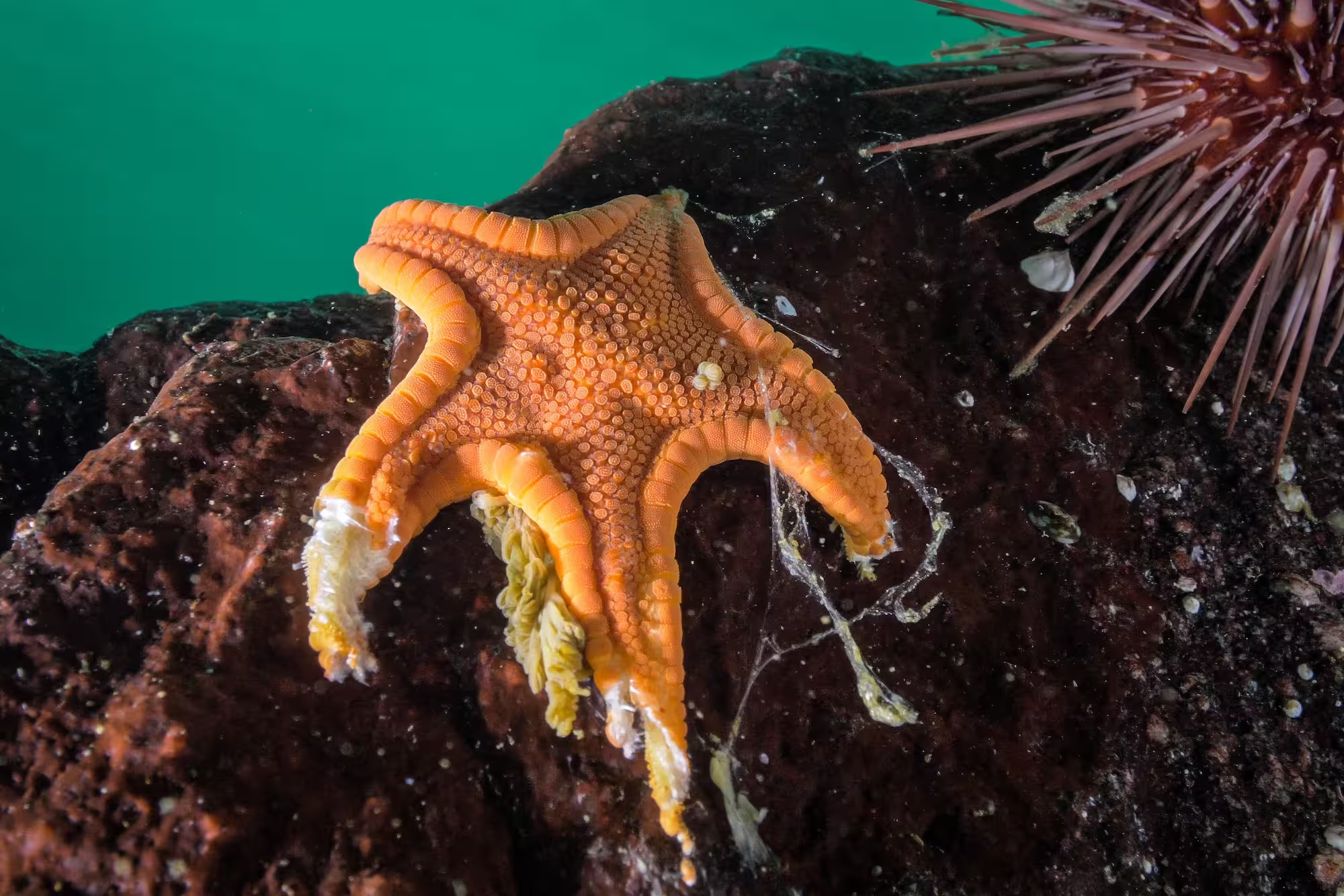
Methodological highlights
Key methods included captive-bred controls, filtration and heat-resistance tests to discriminate between virus and bacterium, targeted RNA sequencing to identify candidate pathogens, and culture-based isolation followed by experimental infection to establish causality.
Researchers noted that Vibrio pectenicida can evade detection by routine histology, potentially because it produces toxins that suppress host immune responses and leave few visible bacteria in tissue sections. That stealth explains why early studies initially favored a viral hypothesis.
Climate links and geographic patterns
Vibrio bacteria are widely known to proliferate in warmer waters, and researchers suspect that marine heat waves associated with anthropogenic climate change intensified outbreaks. Some sunflower sea star populations persist in colder, deep or fjord habitats in British Columbia, suggesting thermal refugia where the bacterium cannot establish as readily. Temperature-dependent dynamics of Vibrio growth and host susceptibility are a high priority for ongoing research, as warming oceans may expand the spatial and temporal window for outbreaks.
The Vibrio genus also includes species implicated in human cholera and in coral disease and bleaching events, underscoring the genus's ecological breadth. Understanding how environmental conditions, bacterial virulence factors and host immunity interact will be essential for predicting future disease risk.
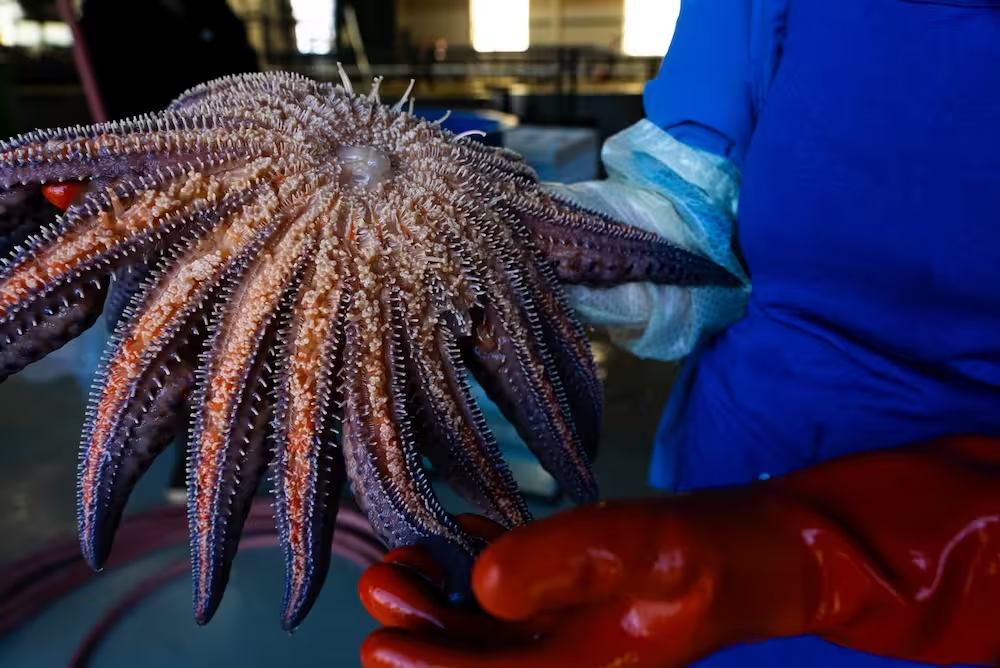
Expert Insight
Dr. Elena Morales, a marine microbiologist at a coastal research institute, comments: 'This study provides a clear model for identifying elusive marine pathogens. The combination of sequencing, controlled exposure trials, and basic Koch-like infection tests is exactly what was needed. From a management perspective, we should be expanding environmental monitoring for Vibrio signatures and pairing that with temperature and nutrient data. That will help predict hotspots and timing of outbreaks. In parallel, efforts to breed resilient sea stars for reintroduction and to restore kelp forests can reduce the ecosystem-level consequences while we refine pathogen management approaches.'
Implications for conservation and management
Confirming Vibrio pectenicida as the agent behind large-scale sea star wasting reframes monitoring and mitigation strategies. Managers can now develop molecular diagnostic tools to screen wild populations and aquaculture facilities for this bacterium, improve early-warning systems tied to sea temperature anomalies, and prioritize protection of cold refuges that may harbor remnant populations. Active restoration — captive breeding, assisted reintroduction, and urchin removals or urchin grazing management — can help kelp forests recover, but long-term success will depend on addressing warming trends that favor Vibrio proliferation.
Researchers emphasize that identifying the pathogen is only the first step. Future work should map strain diversity, quantify thermal thresholds for infection, characterize virulence mechanisms such as immune-suppressing toxins, and test potential interventions like probiotics, vaccines or localized treatments that could protect high-value populations.
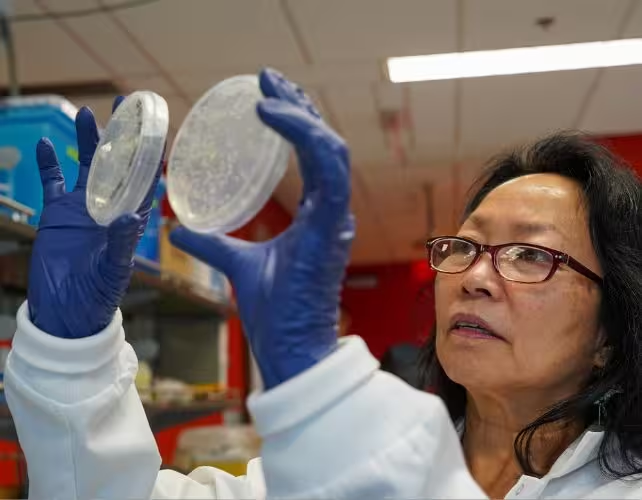
Conclusion
The discovery of Vibrio pectenicida as the primary pathogen behind recent sea star wasting episodes represents a major advance in marine disease ecology. By combining genomic surveillance, controlled experiments and classical pathogen isolation, scientists have revealed a bacterial culprit that had eluded detection. This insight opens practical pathways for diagnostics, monitoring and targeted conservation measures to protect sunflower sea stars and the kelp forest ecosystems that depend on them. As ocean temperatures continue to rise, integrating disease ecology with habitat restoration and climate mitigation will be vital to safeguarding coastal biodiversity and the services it provides.
Source: nature

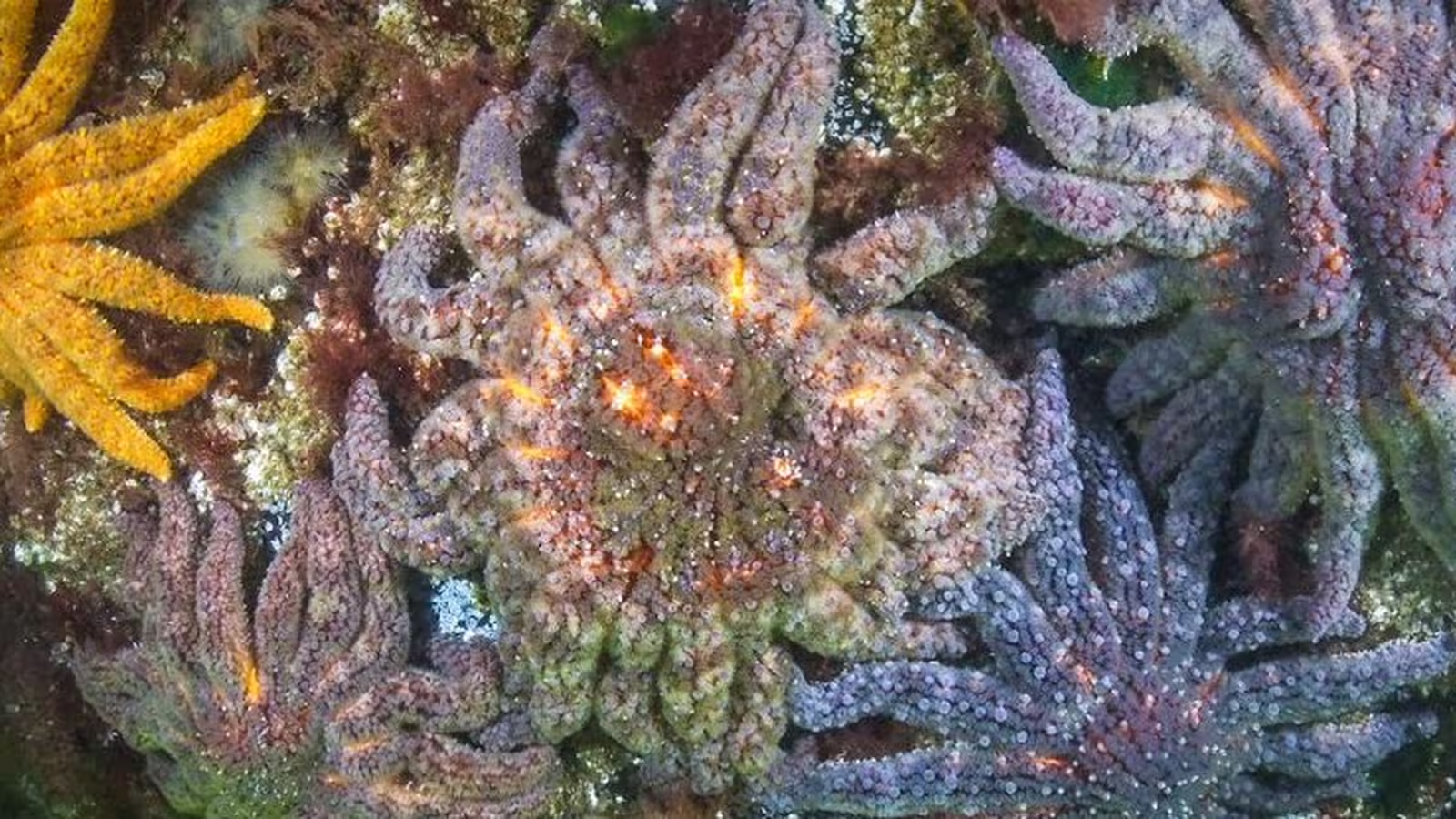
Leave a Comment